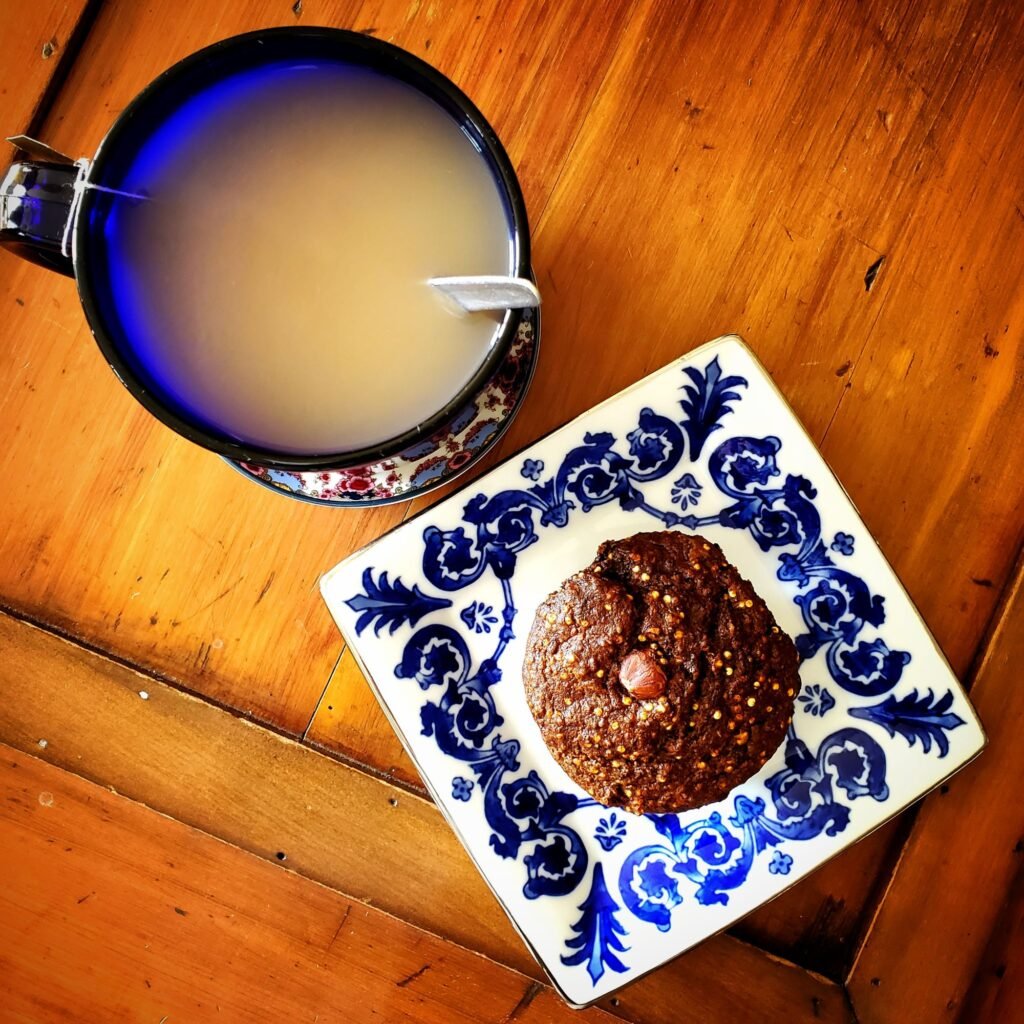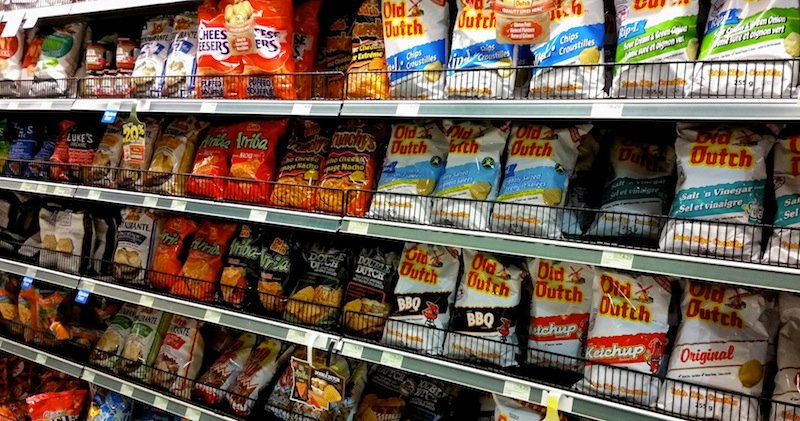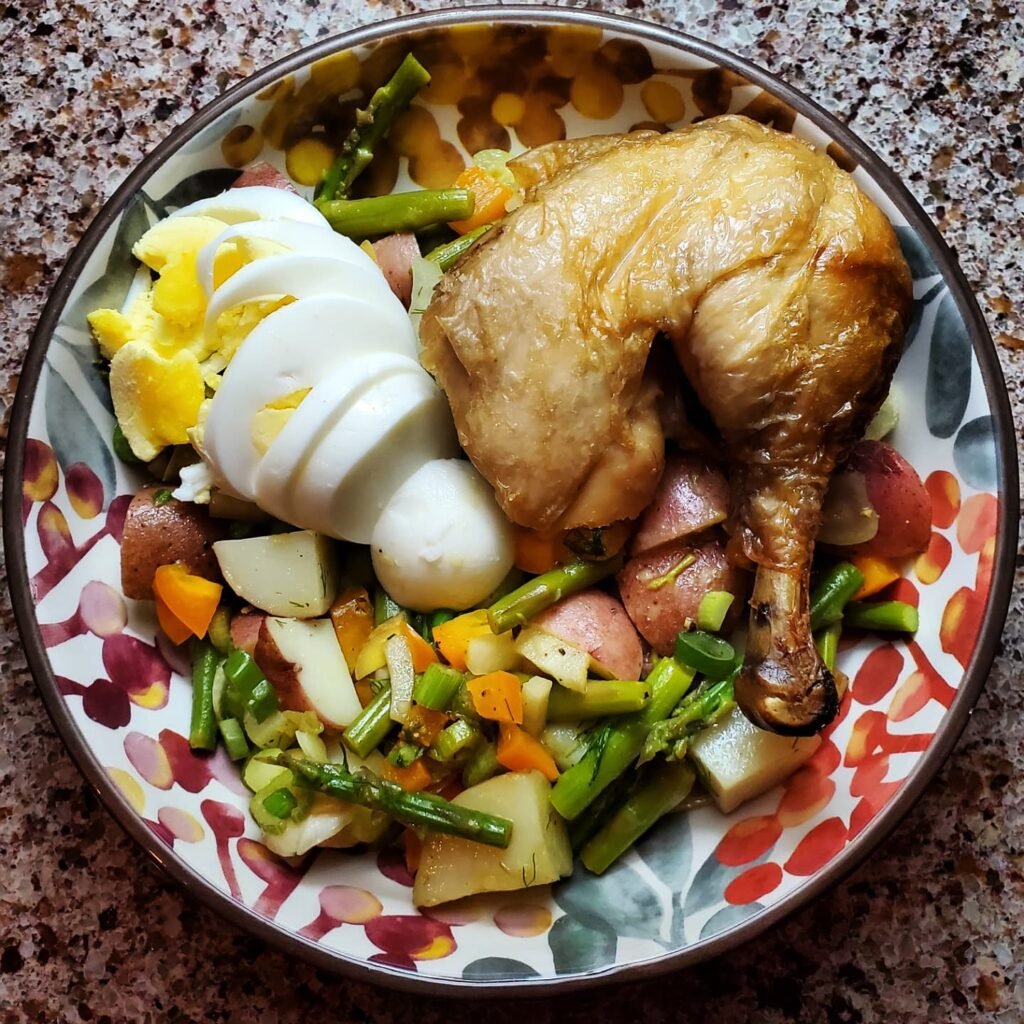Cottage in the Sky

What’s Processed Food?
Over the decades, food products (not real food, but products) have multiplied.
Food corporations mix chemicals (preservatives, artificial colours, artificial flavours) with a little bit of real food. Then, through pretty packaging and decades of advertising, they’ve fooled society into thinking that’s normal.
Stay Away From These Ingredients:
Artificial colouring, artificial sweeteners (aspartame, sucralose, saccharin), partially hydrogenated oil, high maltose corn syrup, high-fructose corn syrup, monosodium glutamate (MSG), trans fats, artificial flavouring, natural flavouring (“natural” isn’t a regulated word and many processed sins are hidden behind this term).
These Are Processed Foods:
French fries, ketchup, relish, hot-dogs, hamburgers, luncheon meats, soy-based products, almond-based products, canned food, quick cooking oats or rice, white rice, white bread, drink crystals, juice, flavoured water, sports drinks, power bars, cereal, granola, crackers, noodles, pasta, powders, candy, pop, chips, donuts, bagels, pre-made dough, pre-made batter, pre-made meals, packaged sauces, white sugar, brown sugar and many others.

When my clients say things like, I’m eating healthy, but I can’t lose weight or I’m having a difficult time with food cravings. This is a tip-off that said client:
- Is eating too much processed food.
- Doesn’t understand the difference between processed food and real food.
Everything has energy. As soon as you consume it, it’s called calories. While both processed food and real food have calories, only real food has enough nutrients. Eating processed food leaves you:
- Malnourished: eating all the calories, yet short on nutrients.
- Battling with cravings. Your body is desperate for building materials (nutrients) and will use any means possible to coerce you into eating more.
- Suffering from lethargy, allergies, or even disease as your malnourished body struggles to rid itself of toxic, non-food ingredients.
- Overweight as non-food ingredients have calories.
Processed Food Has Varying Degrees of Process-ed-ness
It’s difficult to eat a completely unprocessed diet unless you’ve decided to become a farmer. Personally, we’re not prepared to do that. These are the processed foods we haven’t given up.
The only way to get away from buying Whole Wheat Bread, is to make your own. Otherwise, in the grocery store, look for sprouted grain, organic, and non-GMO bread, and make sure there’s no added sugar.
Technically, Mustard is processed. It’s made from crushed mustard seeds, vinegar, and water. But when it comes to condiments, it’s the best choice.
Homemade Tomato Sauce is labour intensive. We buy it in a glass jar, use little, and rely more on chopped fresh tomatoes.
Homemade Sun-Dried Tomatoes would be another project with a serious time commitment. Just a fork-full makes a meal more interesting.
Anything pickled has less nutrients than the raw form. We use Pickled Cucumbers sparingly and only as flavour.
Of course Dark Chocolate Chips are processed. But they’re such a delicious addition to my Pumpkin Spice Muffin recipe that the 2/3 cup over 15 muffins is worth it!
How to Tell Processed Food from Real Food

Processed foods are con-artists — experts at pretending they’re healthy. Unfortunately, there isn’t one absolute rule for easy detection. But here are several questions to ask yourself when trying to figure out if the food you’re about to buy is processed:
- Was it put together in a factory or was it grown? (Only real food is grown.)
- It is in a fancy package? (Most real food needs minimal packaging if any at all.)
- Does it sit on the grocery store shelf? (Instead of a fridge or freezer.)
- Is this food dried or dehydrated? (Real food rots fast.)
- How much preparation does this food require before you can eat it? (Usually, the more the better.)
- How many ingredients are listed on the package? (Usually, the fewer the better.)
Most processed food is months old by the time you pluck it from the grocery store shelf. Therefore, it’s doused in preservatives or the little bit of real food in it will rot too quickly.
Another way to look at it: has this food been around for centuries? Or was it “invented” within the last 100 years? 100 years is not long enough for our bodies to have “evolved” enough to be producing the enzymes for the “invented” food.
Real, whole food never needs to see the inside of a factory or processing plant.

THRIFTY ♥ ENVIRONMENTAL ♥ HEALTHY